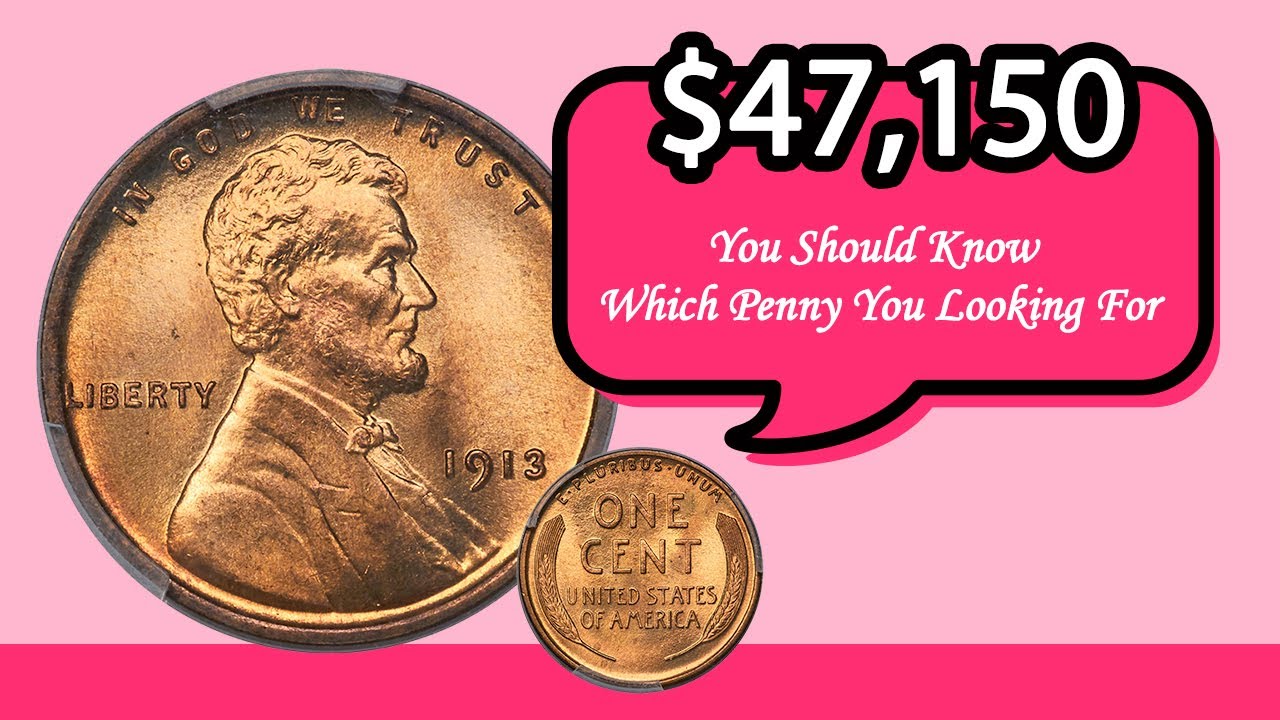Imagine bending down to pick up a penny from the sidewalk—only to discover it’s worth up to $7 million. Sounds unbelievable, right? Yet, the rare Lincoln Wheat Penny from 1943 might just turn that dream into reality. With its deep connection to American history and a World War II minting mistake, this tiny coin continues to fascinate collectors, families, and even children. Let’s uncover why this penny is so valuable and how it might still be hiding in your pocket change.
What Makes the Lincoln Wheat Penny So Special?
First minted in 1909 and continuing until 1958, the Lincoln Wheat Penny features the profile of President Abraham Lincoln on the front and two wheat stalks on the back. While most of these pennies are worth just a few cents, a few rare versions—like the 1943 bronze penny—have become priceless collector’s items.
The $7 Million Penny: Rare and Real
During World War II, the U.S. Mint needed copper for military use. So, in 1943, pennies were struck using steel coated with zinc. However, by mistake, a small number were minted in bronze (the usual copper alloy), making them incredibly rare.
Only about 10 to 15 genuine 1943 bronze Lincoln Wheat Pennies are known to exist. One example fetched $1.7 million at auction in 2010. Experts believe that the finest specimens could be worth up to $7 million today.
How the Penny Connects Us All
This isn’t just a story about a rare coin. The Lincoln Wheat Penny connects us to family stories, childhood curiosity, and the sacrifices made during wartime. Here’s how different groups relate to this legendary penny:
| Person | Connection to the Penny | Impact |
|---|---|---|
| Collectors | Hunt for 1943 bronze pennies at auctions and in circulation. | Live the thrill of discovery and historical preservation. |
| Families | Find pennies in old jars or inherited collections. | Pass down stories and share history through coins. |
| Kids | Search their pocket change for “wheat” pennies. | Learn history and the value of saving. |
| Historians | Use the coin to explain wartime America and Lincoln’s legacy. | Highlight stories of resilience and sacrifice. |
| Shopkeepers | Occasionally find wheat pennies in their tills. | Experience small surprises with historical value. |
How to Spot a $7 Million Penny
It’s rare—but not impossible—that a 1943 bronze Lincoln Wheat Penny is still out there. Here’s how to check if your coin could be a life-changing find:
1. Look at the Date
Focus on pennies from 1943. That’s the key year when the rare bronze versions were mistakenly produced.
2. Check the Color
Regular 1943 steel pennies appear silver or gray. If yours looks reddish-brown like copper, take a closer look.
3. Use a Magnet
Steel pennies will stick to a magnet. A true bronze penny will not. If your 1943 penny doesn’t stick, it could be a rare find.
4. Get It Authenticated
Don’t rely on guesswork. Take your penny to a trusted coin dealer or grading service to verify its authenticity.
5. Beware of Fakes
Some people try to coat steel pennies to make them look like bronze. Always have potential rare coins checked by professionals.
Why the Lincoln Wheat Penny Still Matters
Even if it’s not worth millions, a Lincoln Wheat Penny carries emotional and historical weight. It reflects the lives of those who lived through the Great Depression, contributed to war efforts, and saved every penny they could. Whether it ends up being a financial windfall or a cherished memento, this little coin reminds us of America’s past and the people who shaped it.
Could One Still Be in Circulation?
Yes, though it’s extremely rare. These coins occasionally turn up in jars, collections, or even pocket change. It’s worth checking your coins—you never know what treasure you might find.
FAQs About the $7 Million Lincoln Penny
Q: How do I know if I have a 1943 copper penny?
A: Look for the reddish-brown color. Use a magnet—if it doesn’t stick, it might be copper. Confirm with a coin expert.
Q: Are all Lincoln Wheat Pennies valuable?
A: Most are worth only a few cents. However, key dates like the 1943 copper and 1955 double-die varieties can be worth thousands or more.
Keep your eyes open. The next penny you spot could be more than just spare change—it could be a piece of million-dollar history.
